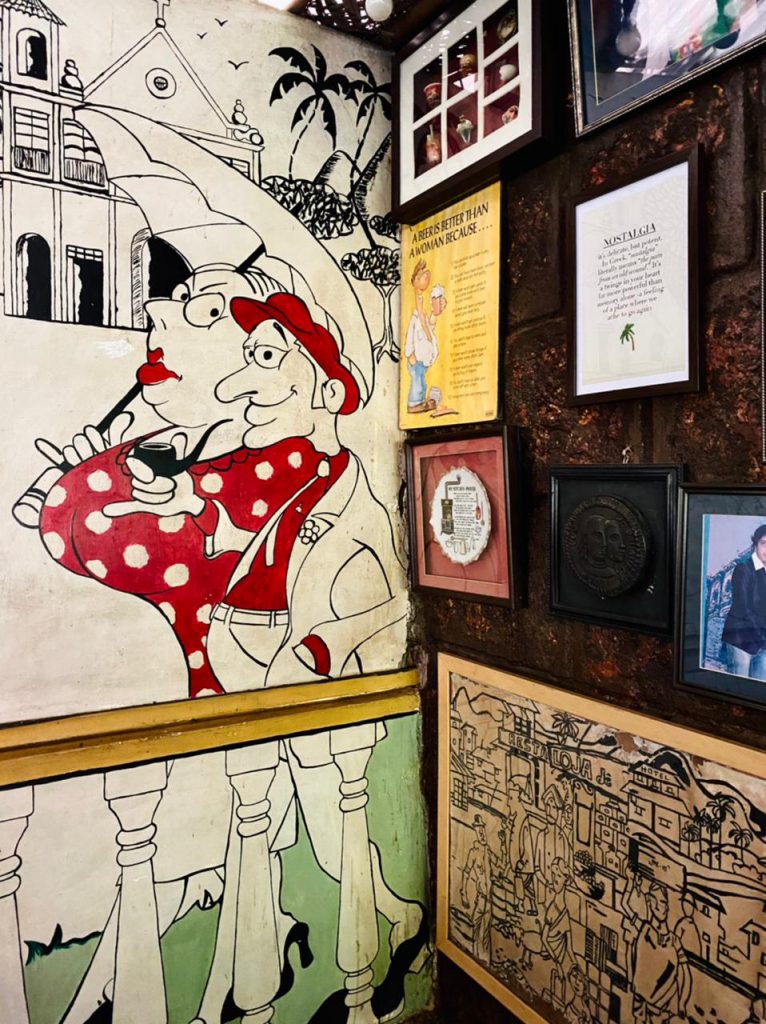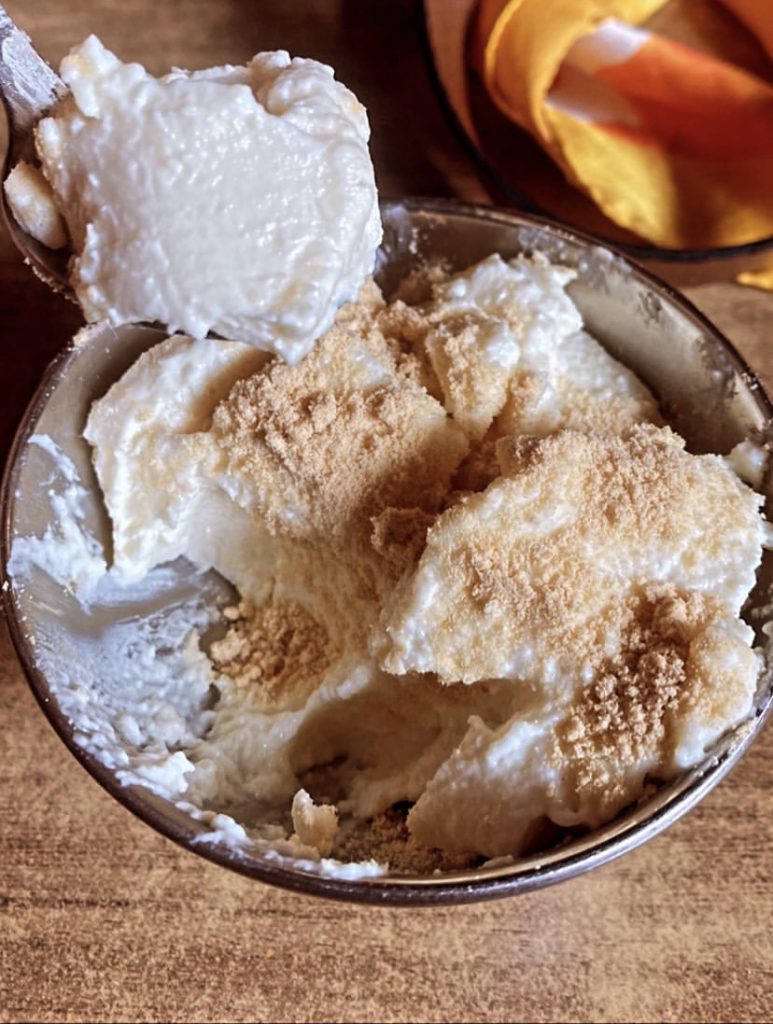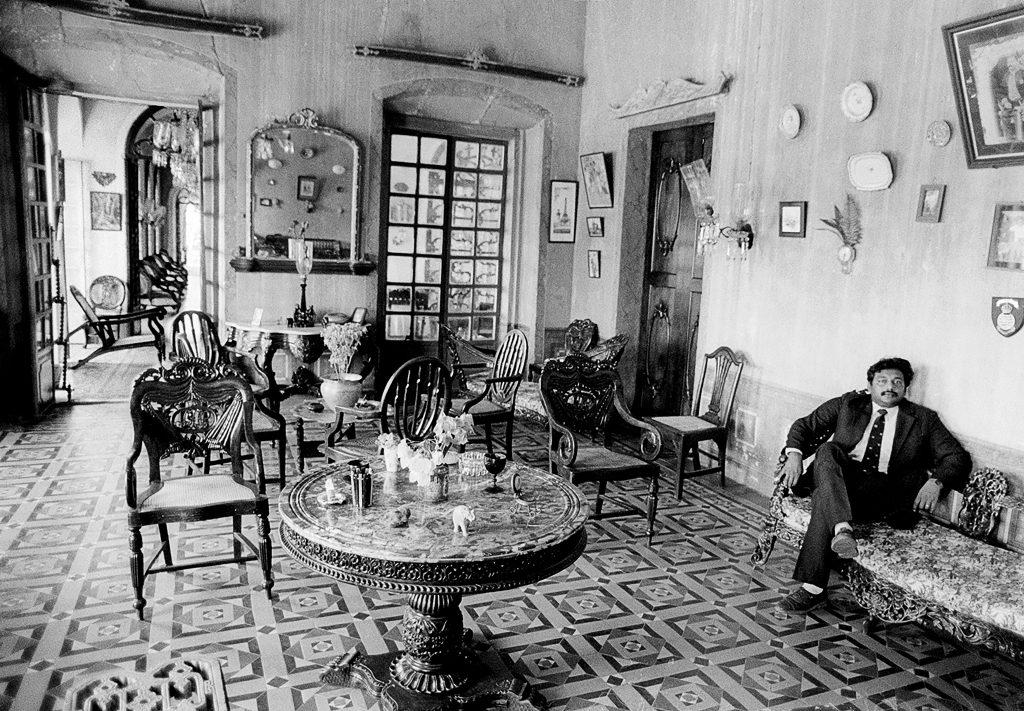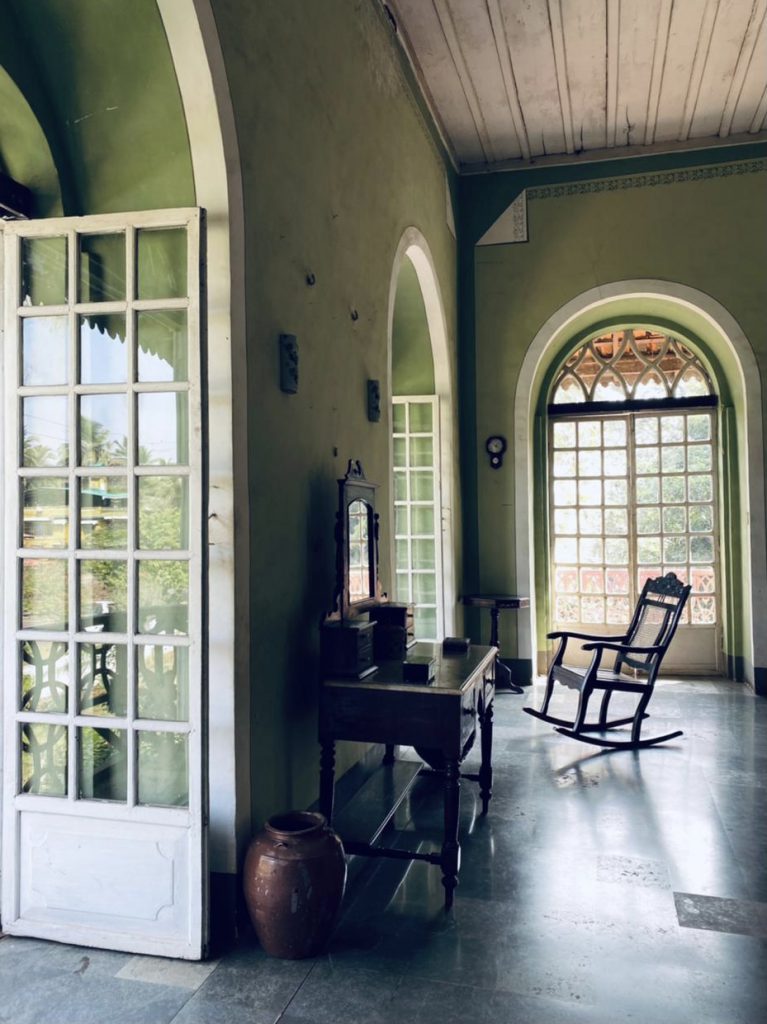Blogs
From Portugal, With Love
Tanushree Kulkarni
Akin to a chivalrous visitor, the Portuguese arrived with offerings that left a mark on the culinary traditions of India.
The sun had just come up in the idyllic little town of Curtorim in South Goa. The nearby lake was still covered in a blanket of fog from the previous night when women from a neighbouring home rushed outside. “Hurry up or we are going to miss him!” As they hurried with plates and bags, a loud air horn went on at a distance. The poder (derived from the Portuguese padeiro, meaning baker) soon appeared on a rickety bicycle fitted with an old cane basket. He reached out and pulled a bundle of paos out for his loyal customers. The sweet and warm scent of the freshly baked bread flooded out and filled the air. At once, even before I took a bite, I was in gastronomical heaven.
Poders carry on one of the many culinary legacies of the Portuguese in India. In the absence of yeast that gave their home-baked bread a pillowy quality and crackling crust, they used the locally produced sur or palm vinegar. The resultant pao is an indispensable part of Indian gastronomy today. However, the culinary contribution of the Portuguese goes well beyond the pao.

Interiors of a family-run Portuguese restaurant in Goa with a mural by Mario Miranda, Image Credit: Tanushree Kulkarni
A mere 6 kilometres from Curtorim is Raia, a town set amongst paddy fields and palm groves. Here, family run restaurants have safeguarded Portuguese culinary heritage for decades. A tumbledown sign reading “Best serradura in town!” seems to be common to each of these restaurants. Serradura, literally meaning sawdust in Portuguese, is a modest combination of cream and ground biscuits. The occasional addition of cashews is welcome.

Serradura or Sawdust Pudding, Image Credit: Tanushree Kulkarni
In smaller bakeries, a balance of savoury and sweet snacks rooted in the town’s colonial past are enough to send the taste buds in a frenzy. Rissois De Camarão (patties of shrimps) seem to be a crowd favourite, which are generally packed in the latest issue of Dainik Gomantak, a local publication. A good read and a filling snack are undoubtedly a great combination!
Bebinca too lasts only a couple of hours on the shelves. The combination of quintessentially Indian ghee and the unmistakably Portuguese egg yolk is a true slumber-inducing creation. Add to this fresh coconut, butter and sugar, and all cravings take a halt. Originally created with seven layers, the Bebinca is said to represent the seven hills of Lisbon. There you have it – a desirable dessert and a little trip around the Portuguese capital on a plate.
While observing the sheer love for these preparations, one cannot help but be in awe of how these culinary traditions, that have survived over five centuries, continue to thrive. The Portuguese became the first Europeans to arrive in India for trade in 1498. In the absence of a legal tender, food became currency. Thus, started the influx of cashews, tomatoes, pineapples, chilli pepper and more – ingredients that have made their way into every Indian kitchen today, along with colonial culinary habits. During the tenure of the prominent statesman Afonso de Albuquerque, forts were built in the country to further control trade in the Indian Ocean. Today, apart from old fort walls, what remains of Statesman Albuquerque’s ideas is his namesake fruit – the ‘Alphonso’ mango.

Nelson at the Menezes Braganza’s House, Chandor, Goa by Karan Kapoor, 1994, Silver gelatin print, PHY.07586
It is not just Portuguese ingredients that have stood the test of time in India. At the Menezes Braganza House in Chandor, food vessels are now tabletop décor making an inviting tea-time setting. Terracotta vessels used for storing wine have translated to vases that appear in corners and hooked shelves. Traditionally known as Talha, the clay vessel has taken to Indian customs outside the heritage house, and is used to store pickles. Such marriages of culinary sensibilities are not rare in India.

Inside the Menezes Braganza House in Chandor. A Talha is placed by the door. Image Credit: Tanushree Kulkarni
They say you should never arrive at somebody’s home empty-handed. Akin to a chivalrous visitor, the Portuguese arrived with offerings that left a mark on the culinary traditions of India. The morphing of Portuguese ingredients and indigenous food practices is no less than a revolution in the culinary history of India.
Tanushree Kulkarni is the Development Officer at MAP, an art history & cultural industries graduate and an inquisitive homecook.








